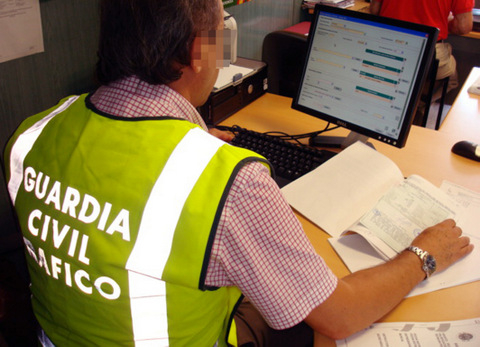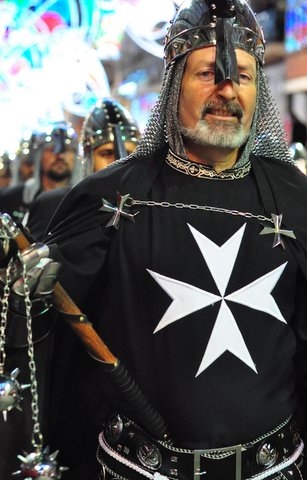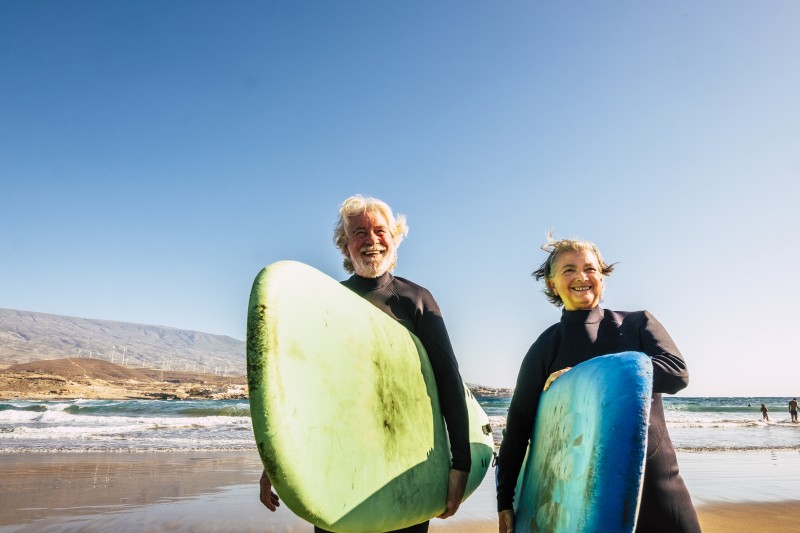article_detail
The fiestas of San Abdón y San Senén in Calasparra
Fiestas in honour of the patron Saints, the Holy Martyrs San Abdón and San Senén, Calasparra
30th July
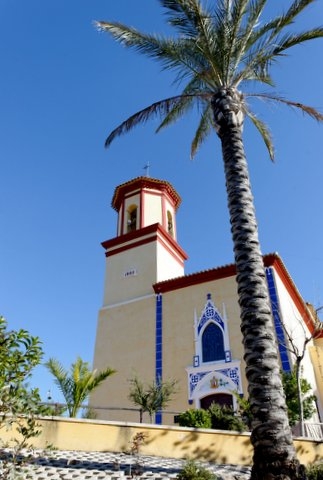 The traditional Saints’ Day fiestas of San Abdón and San Senén have been held in the municipality of Calasparra since the 16th century.
The traditional Saints’ Day fiestas of San Abdón and San Senén have been held in the municipality of Calasparra since the 16th century.
It´s very rare to come across these two figures, Abdon and Sennen (or Abdo, Abdus, Sennes, Sennis or Zennen as they appear in other places), one of the few churches dedicated to them being in Sennen, in Cornwall. They are recognised as Christian Martyrs and are usually honoured on 30th July, as is the case here in Calasparra, but virtually nothing is known about who they were or how they died.
It is believed that they were possibly Persian noblemen, martyred in about 250 AD during the reign of Diocletian, various references relating that they were taken to Rome after assisting Christians in Persia and thrown to the lions in the Roman theatre. The lions and bears made no attempt to touch them, and in the end gladiators were sent in to do the job and entertain the disappointed crowds instead.
Several cities, including Florence, Soissons, Rome, and the Benedictine Abbey Sainte Marie in Arles-sur-Tech in France claim to be home to their remains.
It has been generally assumed that the cult of devotion to the Holy Martyrs San Abdón and San Senén took root in the area when Christians repopulated Calasparra in the early 15th century, settlers from the Kingdoms of Aragón and León who repopulated several locations in the region tending to bring their cults with them when they moved south (see the history of Calasparra).
However, the first documented reference to the two saints in the town comes from the 16th century, when they were named patrons in recognition of their alleged contribution to protecting the harvests, replacing San Pantaleón.
The date of the fiestas in honour of the Patron Saints was established as 30th July in 1598, and has remained unchanged ever since.
During the 17th century, Pedro Hernández founded the church known as the Ermita de los Santos, furnishing it with images and holy relics in 1631.
As the town increased in population, the annual celebrations linked with the patrons day became more firmly established, including religious ceremonies, theatrical performances, dancing and bullfighting. The tradition of celebrating bull runs ("encierros") was established during the 19th century.
At this point in history the celebrations were divided into two quite distinct parts: the religious ceremonies, which were held in July, and the popular fiestas, or feria, which took place in September when the weather was cooler and included theatre, dancing and bullfights, very much the format which is still followed today.
The history of the fiestas reflects the rise and fall of the town's fortunes, declining during times of war and pestilence and enjoying resurgences as economic fortunes improved, although a considerable setback was suffered when the church which housed their relics and statues was ransacked and burnt by Napoleon's army in 1812 during the Peninsular War, or War of Independence, in which the French tried to take control of Spain.
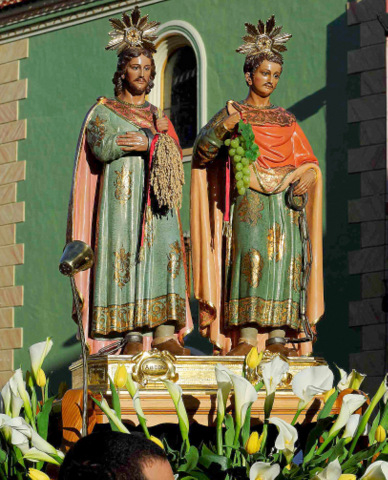 By the end of the century the population’s devotion to the Holy Martyrs had to a large extent fallen into abeyance. In 1896 the town’s bull ring was constructed, either as a result of the fiestas’ decline or perhaps as a factor contributing to it: in either case, this meant the end of the bull runs through the streets and the disappearance of one of the fundamental elements of the fiestas as they had been known previously.
By the end of the century the population’s devotion to the Holy Martyrs had to a large extent fallen into abeyance. In 1896 the town’s bull ring was constructed, either as a result of the fiestas’ decline or perhaps as a factor contributing to it: in either case, this meant the end of the bull runs through the streets and the disappearance of one of the fundamental elements of the fiestas as they had been known previously.
Throughout the 20th century the fortunes of the fiestas in honour of the Holy Martyrs experienced a series of ups and downs. The images of the martyrs, along with many others across the Region of Murcia, were destroyed during the Civil War, but were replaced after the end of the conflict with those which are used today. Nonetheless, the Fiestas were not resurrected until the 1970s, when the end of dictatorship marked a new initiative to revive traditions and celebrations.
The Fiestas in honour of the Holy Martyrs are now held alongside the Feria Taurina del Arroz, uniting them in a celebration which combines the locally grown rice and the town's tradition of bullfighting.
The church dedicated to the two saints, the Ermita de los Santos, is located in Calle de los Santos, near the foot of the castle.
article_detail
Contact Spanish News Today: Editorial 966 260 896 /
Office 968 018 268



